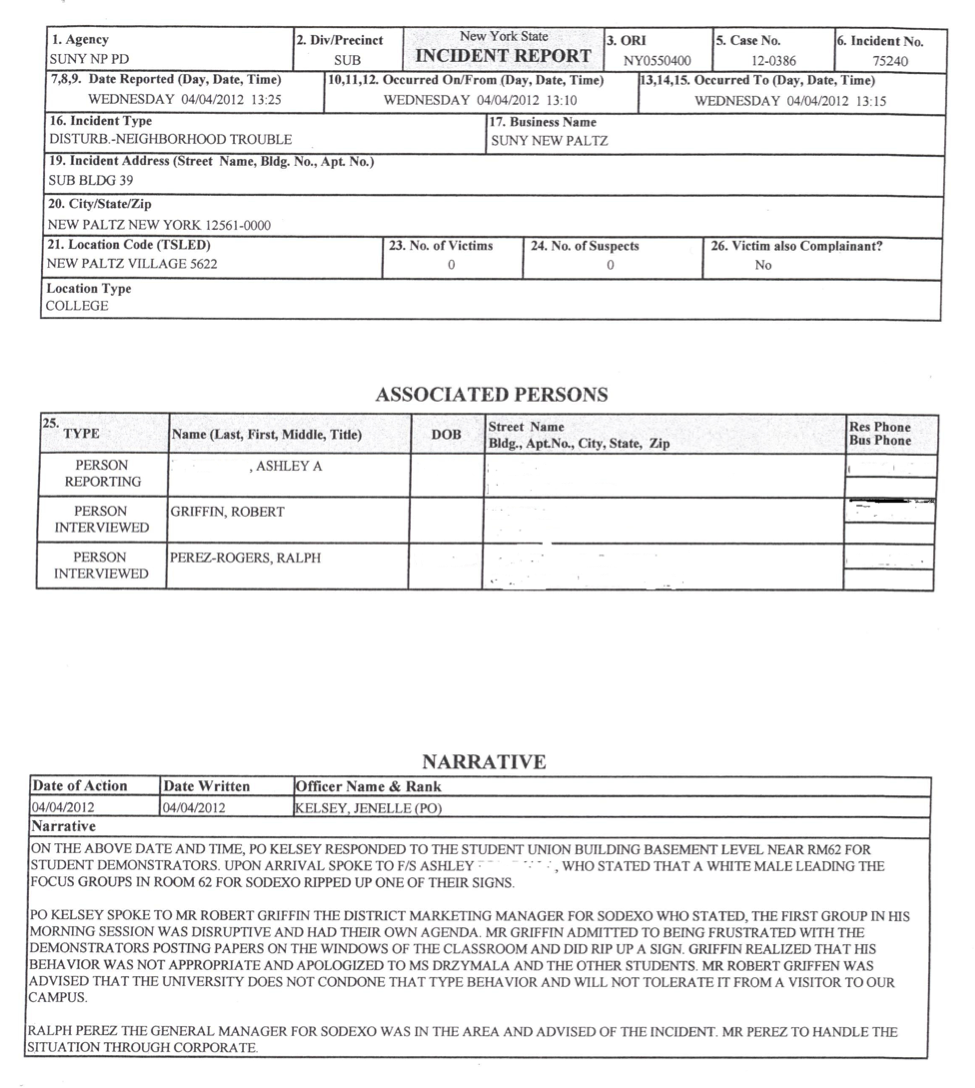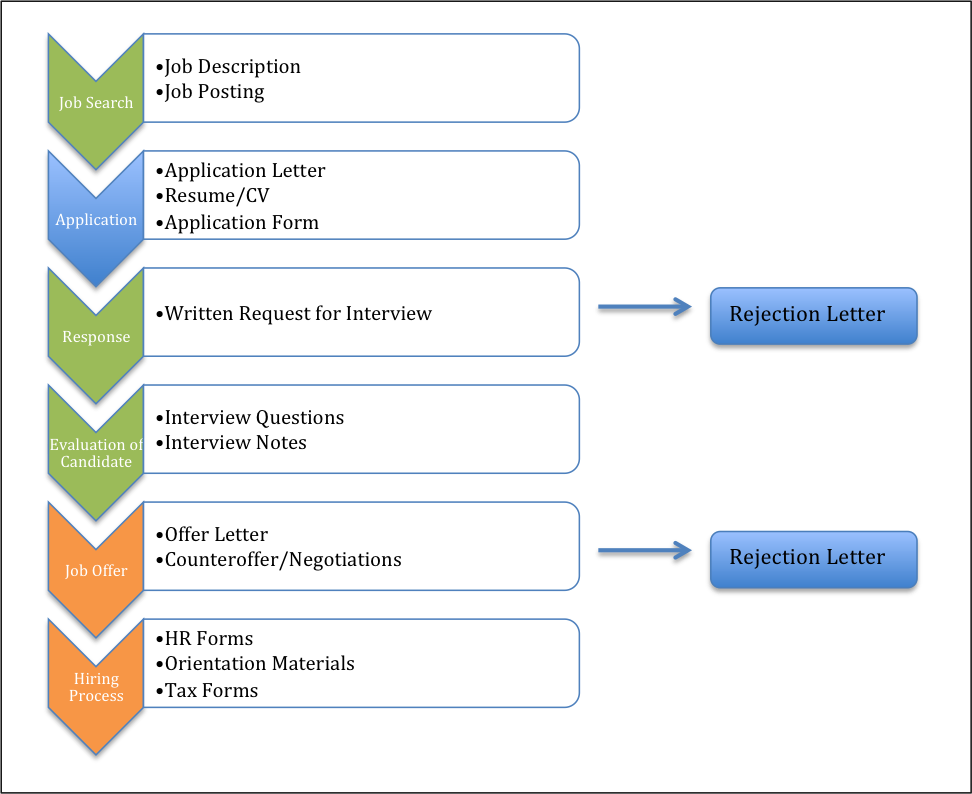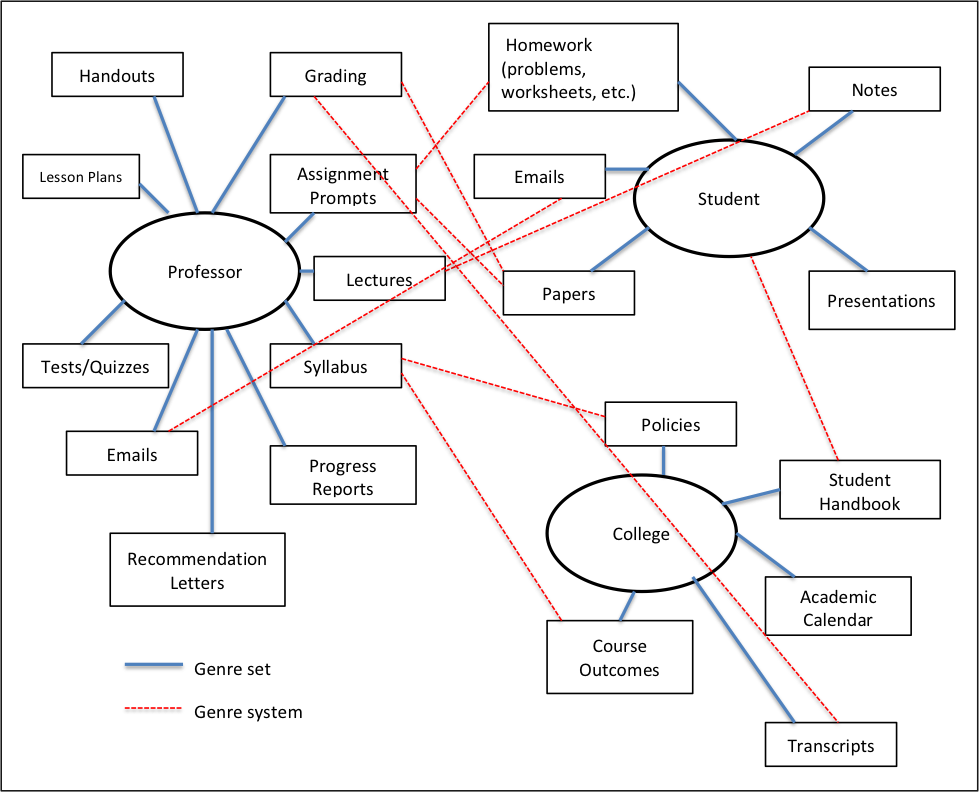63 Studying Genres
The previous section outlined some key terms and definitions for the study of writing. This section builds on that by providing an overview of research tools that can be used to better understand writing-in-context. Some of these tools–like an interview–may seem more familiar to you than others (such as genre analysis). At the same time, an activity you probably engage in every day–observation–achieves importance when done in the context of research and analysis.
Genre/Textual Analysis
If genres are the key object of study for writing researchers, then genre analysis is the key tool for studying those objects–for unlocking their meaning. While it is true that we can learn a great deal about genres by observing people using them and even asking their users about them (which I detail in the next section), there is often important meaning that goes unnoticed by the producers and users of a genre. This meaning is what writing researchers try to access by studying the genres themselves. To put it another way, genres often have embedded in them a kind of code or shorthand that can reveal important information about the context in which they are used. As someone learning to write in that context, such information can help you to advance in your writing skills more quickly.
The following questions can get you thinking about (and taking notes on) how you would describe a sample text, by focusing on its content, its form, and its presentation:
- Questions of Content
- Who and what is referenced in the document?
- What information is included in the document? How much?
- What is the rhetorical purpose of the document?
- Questions of Form
- How is information organized, from beginning to end? In other words, what appears where?
- What kinds of sentences are used (questions, statements, commands, etc.)?
- What do you notice about the kind of language that is used?
- How would you describe the tone of the writing?
- How does the text use rhetorical appeals (ethos, pathos, logos)?
- Questions of Presentation
- Are section headings used in the document?
- Does the document include text only, or text and images? What is the layout like?
- What font size and style is used?
- How would you describe the “look” of the document?
Figure 1 provides a sample police incident report and is followed by some notes you would be likely to make based on the suggested questions above. Alternate formats: Word version of incident report; PDF version of incident report.

Case Study, Part One: Notes on the Incident Report
- Content
- When the incident occurred
- Where the incident occurred
- Who was involved
- How many were involved
- Who was interviewed
- What happened (narrative)
- Which precinct is responsible for investigating
- Type of incident, people involved (victims/suspects), and location
- Filing information (case and incident numbers)
- Form
- Three distinct sections
- Logistical info appears first, “associated persons” appears second, narrative of the event appears third
- Narrative uses simple declarative statements, typically with people occupying the place of subject
- Use of verbs is active but primarily neutral, with a focus on communication that transpired (“responded,” “spoke,” “admitted,” “realized,” “advised”), with two instances of the use of passive voice (“was advised”)
- Narrative is described with a neutral tone and feels formal
- Focus of narrative is on actions taken that
- Narrative is described in chronological order, beginning with officer responding to incident, moving through the incident, and providing information on follow-up
- Presentation
- Items used for referential or filing reasons are numbered
- Information is organized into boxes and tables
- Each section is clearly labeled
- Abbreviations are used throughout
- Report is typed
After you have answered these questions, it is time to start looking for patterns and connections that will help you draw conclusions about what these features mean. Doing so involves a kind of creative thinking that is best done by someone who has been involved in studying or practicing the profession under investigation. Generally speaking, it is best to give some consideration to how the features of a particular genre might be connected to goals, objectives, and values of a particular position, organization, and/or context, since it is that context that produced the need for that genre in the first place.
Case Study, Part Two: Analysis of the Incident Report
The content, form, and presentation of the police incident report form work together to present a verifiable, objective account. Used internally, the design of the form helps to create uniformity by directing the officer to include the information that is likely to prove most salient for police purposes and for easy retrieval should future incidents occur. This streamlined approach to documentation keeps the focus on material and factual evidence, which clearly relates to the fact that this is a document that may be used in a legal context.
Generally speaking, a document that pays little attention to design, but has a great deal of detailed content, might derive from a situation where people place heavy emphasis on the development of ideas but don’t necessarily need to act on those ideas; on the other hand, if a document makes heavy use of section headings in order to direct the reader more carefully, it might suggest a need for greater efficiency of time and/or a number of readers with different background knowledge. Of course, there are genres that will do both: include a great number of complex ideas, neatly organized into easily accessible sections. No matter what you find, there is an interpretation to be discovered and explained with evidence from the text itself. The connecting of evidence to interpretation/conclusion is genre analysis.
[Genre Analysis Essay video without captions; Genre Analysis Essay video with captions]
Interviews
Here are some general advice and reminders for getting organized to conduct an interview:
- Practice good manners when scheduling the interview. This is an opportunity to practice being professional in your communication: everything you know about audience analysis should come into play as you request someone’s time and input.
- Be sure to practice your interview questions ahead of time. Questions that seem straightforward to you might not be clear to someone else; alternatively, they might clearly call for a different kind of answer than what you anticipated. The best way to know is to practice them on someone who is not your intended interviewee. Then, revise accordingly.
- Request permission to record the interview. You will be glad to have a record to return to if your interviewee says yes. Whether or not you record the interview, though, be sure to take notes in the interview (this is something you can and should practice in your practice interview as well). Recording devices can fail; writing during the interview can also help you to focus on what your interviewee is saying and to think of new, sometimes clarifying questions, as the interview proceeds.
Observation
Another powerful research tool is simply observing where the writing of a particular profession takes place. The values of a company or organization, the expectations they hold for their employees and various working conditions are often on display if you only look for them. For example:
- Is the workplace open to the public, or does it require secure entry?
- Do people work in offices or cubicles? Or maybe there is no individual work space at all?
- How many meeting rooms are there? How big are they?
- Are people milling around, or are they mostly on computers?
- How is the workplace decorated?
- What is the dress code?
The answers to these questions can lead to new insight regarding how genres are used and produced and help develop new questions for you to consider. Furthermore, observation also helps with imagining texts in use, which is so crucial to an effective analysis of your audience.
Genre Ecology Maps
A Genre Ecology Map, or GEM, is a visual representation of genres in action, interacting with one another. Let’s consider an earlier example: the job description. We could explain, using words, that the job description leads to job applications, which (often) lead to interviews and background checks, the hiring of an individual and all the associated paperwork, as well as training materials. But if we wanted to represent that visually, it would look something like Figure 2. Alternate formats: Word version of Job Application GEM; PDF version of Job Application GEM.

All of a sudden, with a visual illustration, we have a slightly different understanding of the complexity involved in the production and circulation of different kinds of writing. Figure 3 provides another example, one that captures the intersection of different writers, positions, and stakeholders (put another way: the intersection of different genre sets in the college classroom). Alternate formats: Word version of Classroom GEM; PDF version of Classroom GEM.

Particularly if you are a visual learner, maps like those above can help you to “see” genres in a way you might not otherwise and to reinforce what I have noted in sections above about how writing is not static but actually performs “actions” in various workplace settings.

